Eurozone PMI Manufacturing was finalized at 48.8 in January, up from December’s 47.8, also a 5-month high. Manufacturing Output index was finalized at 48.9, up from December’s 47.8, a 7-month high.
Readings in all member states improved, including France at 50.5 (5-month high), Italy at 50.4 (7-month high), Ireland at 50.1 (3-month high), the Netherlands at 49.6 (5-month high), Greece at 49.2 (4-month high), Austria at 48.4 (4-month high), Spain at 48.4 (4-month high), and Germany at 47.3 (4-month high).
Chris Williamson, Chief Business Economist at S&P Global Market Intelligence said: “Although euro area manufacturers continued to report falling output and deteriorating order books in January, sustaining the sector’s downturn for an eighth successive month, the picture is considerably brighter than the lows seen back in last October heading into the winter. Not only has the rate of output decline moderated now for three consecutive months, but business optimism about the year ahead has also surged higher over the past three months.”
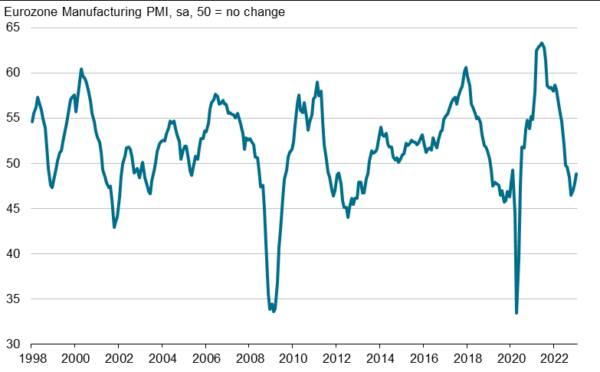
Full release here.




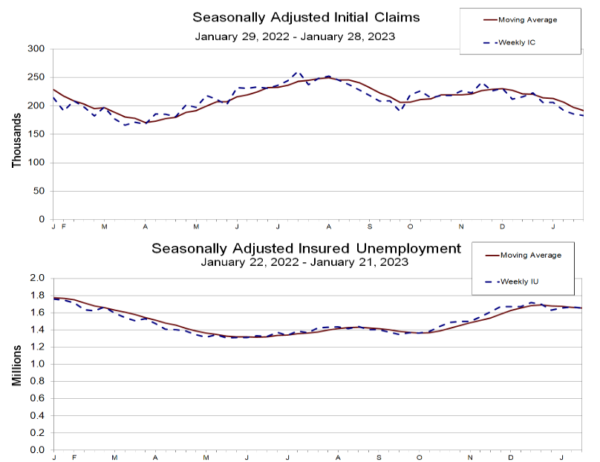

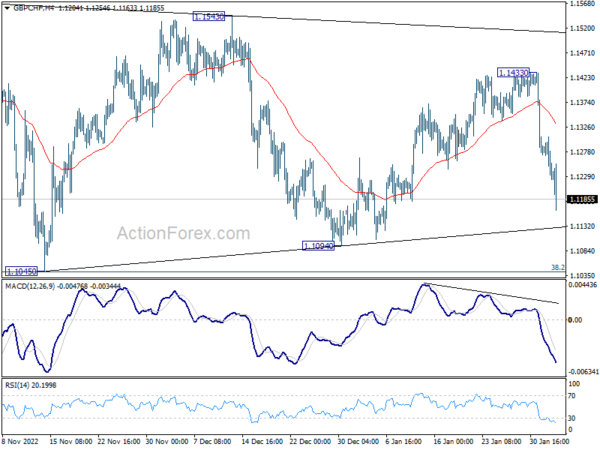
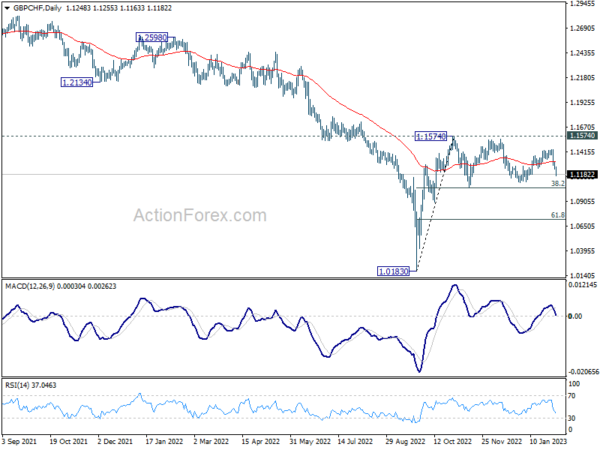
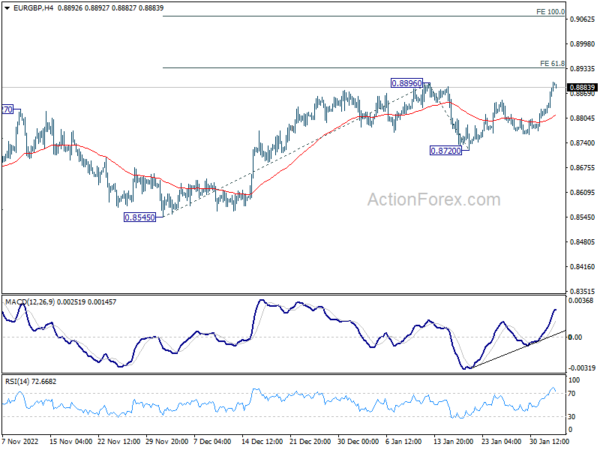
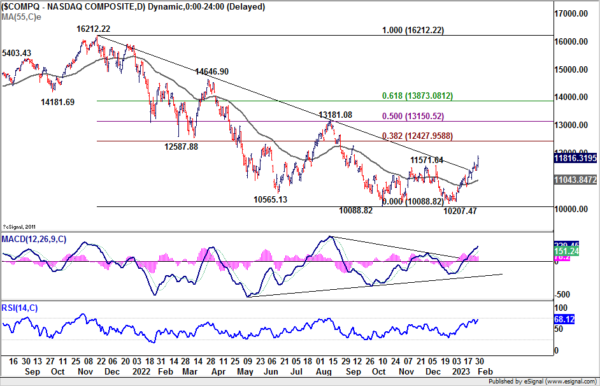
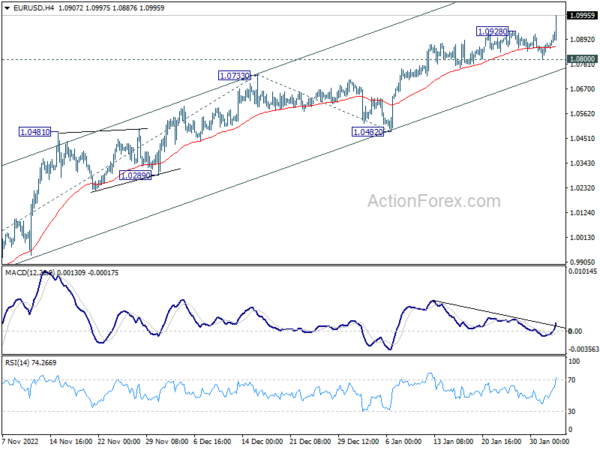
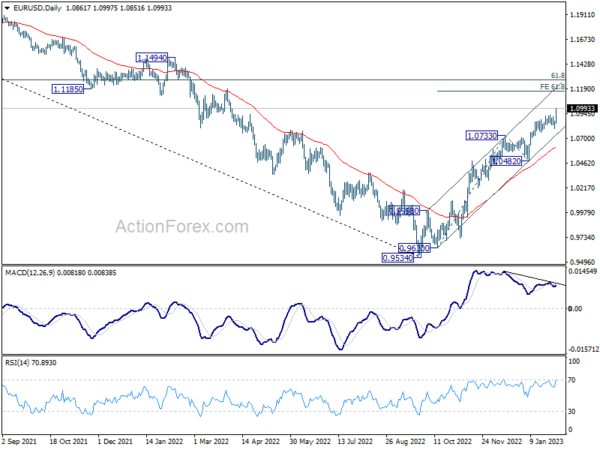
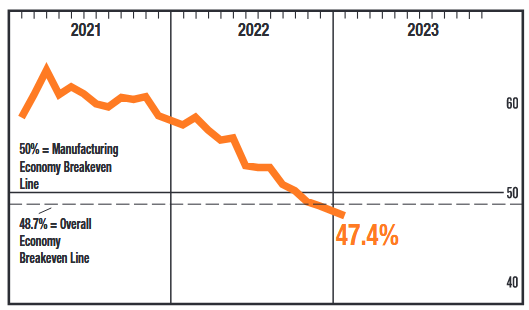
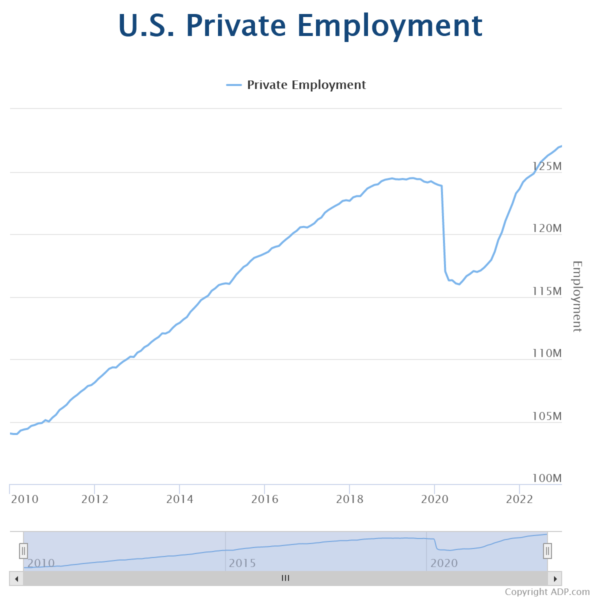
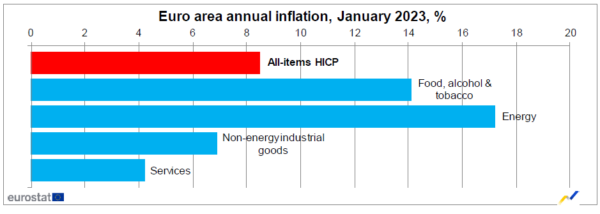
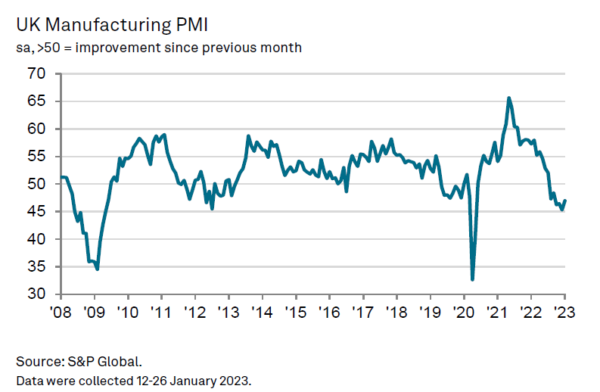

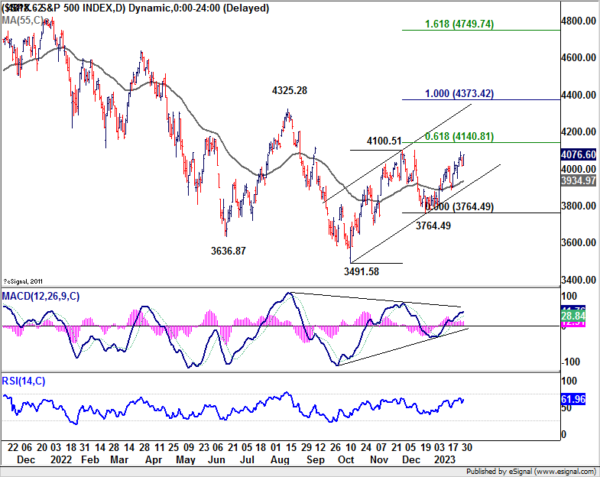

China PMI composite rose to 51.1, services a boom and manufacturing a drag
China Caixin PMI Services rose from 48.0 to 52.9 in January, first expansionary reading in five months. PMI Composite rose from 48.3 to 51.1, the first upturn in total business activity since August 2022.
Wang Zhe, Senior Economist at Caixin Insight Group said: “Services activity experienced a boom, as both supply and demand expanded, whereas the manufacturing sector became a drag. Employment remained relatively sluggish, with the manufacturing sector logging a larger contraction. Prices stayed stable. Optimism among businesses improved significantly.”
Full release here.